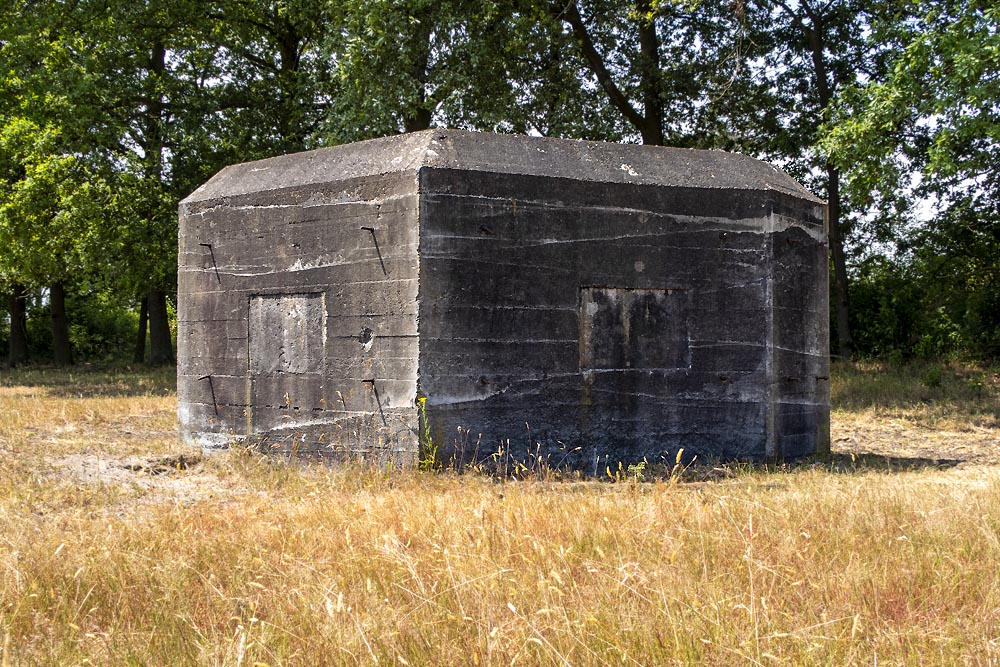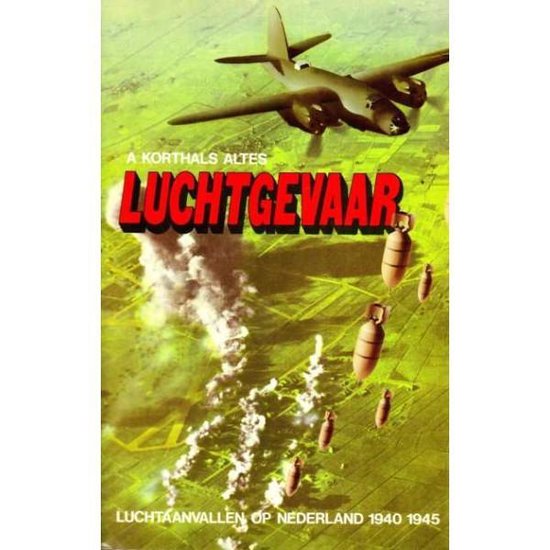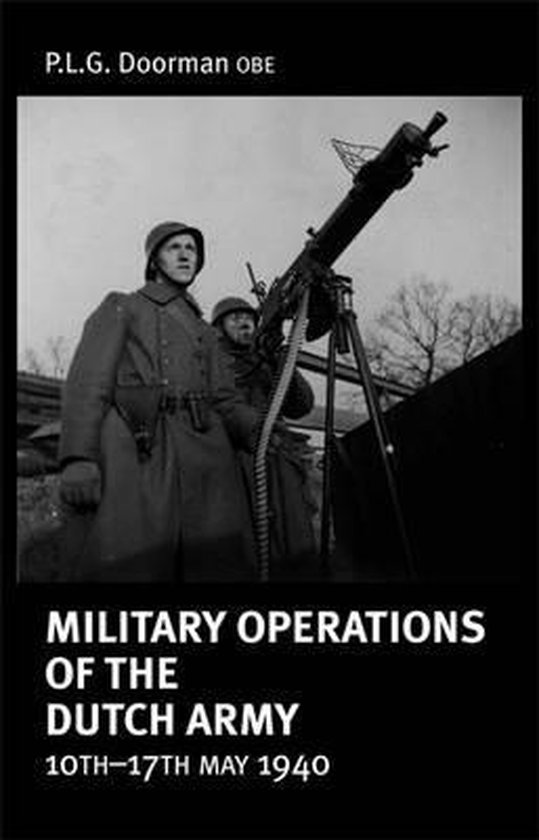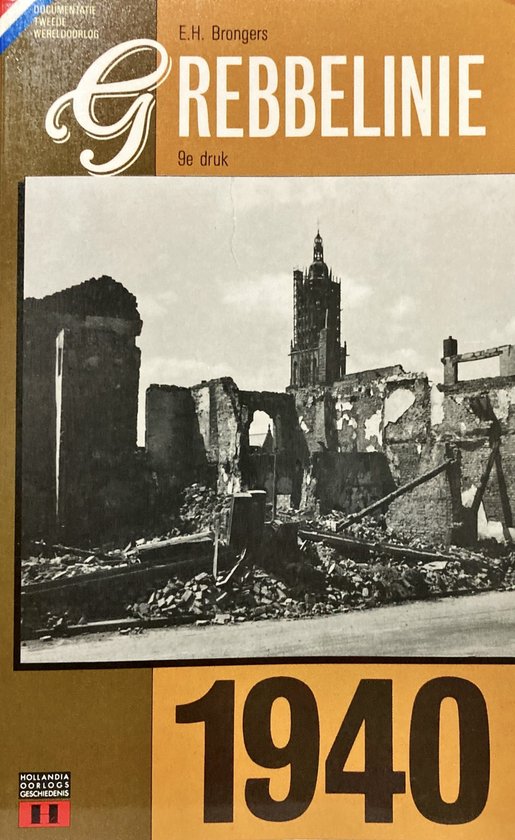Peel-Raamstelling - S-casemate 109
In this part of Holland the defence against the Germans primarily consisted of rivers and canals. The Peel-Raamstelling was however reinforced with mine fields and as of the fall of 1939 Dutch soldiers were set to a state of alertness. Outposts were set up in the east, every few hundred meters, by placing small concrete casemates.
Dutch general Winkelman recognised the dangerous vulnerability of the Meijel area, because there weren't any existing defence works in terms of rivers or canals. This is the reason why he fortified the location with extra casemates and soldiers. The Germans however took a different direction for their breakthrough and the Dutch soldiers were withdrawn without having to fire one shot.
Meijel became part of the battlefield however in Oktober 1944. This situation arose because Meijel was the only usable road through the swampy, moorish Peel. The Allied Forces needed weeks to fight their way through this area, but the location was secure in November. Of the former bridgehead of the Peel-Raamstelling five casemates remained in this location.
Do you have more information about this location? Inform us!
Source
- Text: Projekt Memoo
- Photos: Lennard Bolijn (1, 2, 3, 4), Joost Verheijden (5)
Related books
Nearby
Museum
Point of interest
- Watch Tower Fortification Vossenberg - Meijel
- Cycling route Death Valley De Peel - Toothless resilient (Eeuwig Leven) (#23) - Asten
- Cycling route Death Valley De Peel - Battle in the shadows (#16) - Ospel
Monument
- Liberation Route Marker 225: Private David McKellar - Meijel
- War Memorial Meijel - Meijel
- War Memorial Neerkant - Neerkant
Cemetery
- Dutch War Graves Roman Catholic Cemetery Helenaveen - Helenaveen
- Dutch War Graves Grashoek - Grashoek
- Dutch War Grave R.C. Cemetery Liessel - Liessel
Remembrance Stone
- Stumbling Stone Koningsplein 10 - Asten
- Stolperstein Leveroyseweg 1 - Heythuysen
- Stumbling Stone Kloosterstraat 5 - Heythuysen
Fortification
- Peel-Raamstelling - B-Casemate nr. 7 - Meijel
- Peel-Raamstelling - S-Casemate nr. 5 - Meijel
- Peel-Raamstelling - Foxhole South - Meijel











